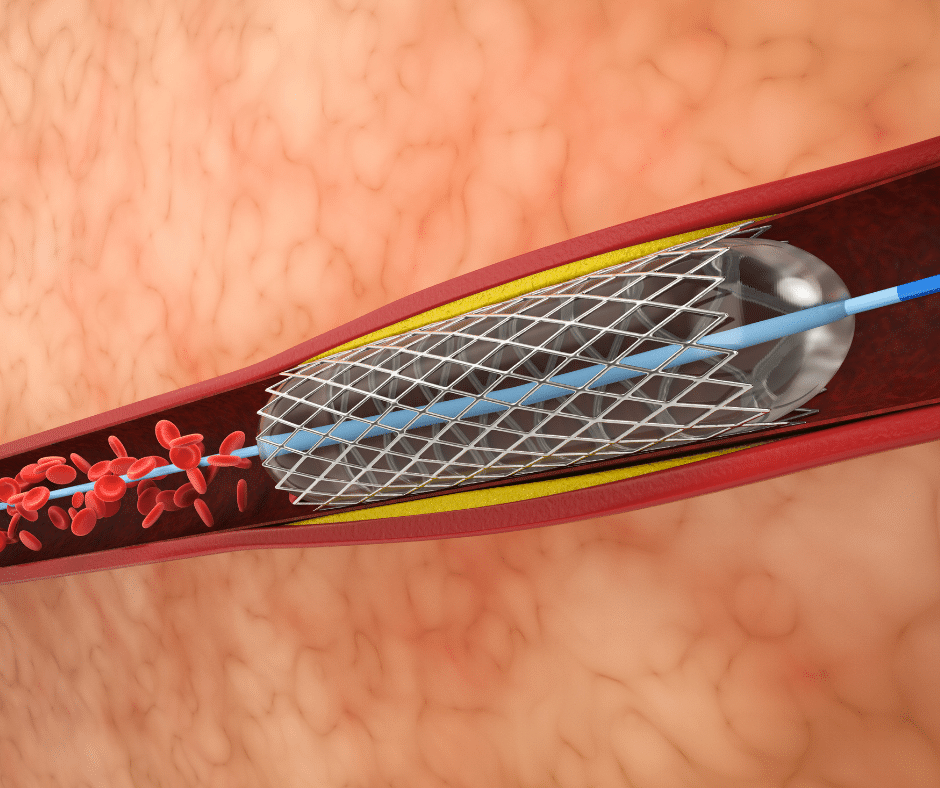Balloon Catheters stand as precise instruments in the array of medical devices. Employed to alleviate obstructions and stenosis across various bodily systems, they are a great exemplification of controlled intervention. In this article, we will discuss the structure, diverse applications, and existing types of Balloon Catheters. Additionally, we will review general guidelines on their classification and grouping within the Mexican regulatory framework.
Structure and Uses of Balloon Catheters
Balloon catheters are medical devices used in interventional procedures to treat obstructions or stenosis in different body systems. These types of catheters use their incorporated balloon to perform precise dilations in specific anatomical structures by controlled application of pressure through balloon inflation.
The basic design of a balloon catheter consists in a thin, flexible tube (usually made as polyethylene, polyurethane or silicone) with an inflatable balloon at one end, that can be inflated with fluid through an external inflation system connected to the device. Some models of balloon catheters add medication as part of the device, by coating the balloon with a drug to promote different results, like limiting the amount of restenosis, or prohibit cell division.
Balloon Catheters are more commonly used in percutaneous transluminal angioplasties (PTA), but it can also be used for such procedures as tuboplasties and pyeloplasties. The common procedure for its use is to introduce the catheter into the targeted narrow vessel, and then inflate the balloon to a fixed size. The balloon then forces the blood vessel to expand, extending the lumen of the vessel, and improving blood flow. A stent may be inserted after this procedure, to ensure that the treated vessel remains opened, and the balloon is then deflated and withdrawn.
Types of Balloon Catheters
There are several types of balloon catheters. The two most commonly used are:
- Rapid Exchange (Rx): The rapid exchange catheter is currently the most widely used type of balloon catheter. They have a short construction and are designed for rapid exchange during a procedure.
- Over the Wire (OTW): The OTW catheters are characterized by having a length that extends beyond the balloon’s end. These catheters are designed to be inserted over a guidewire pre-placed in a vessel, and it follows the guide to the treatment site.
Classification and Grouping of Balloon Catheters
Depending on their intended use or the overall risk of the procedure, balloon catheters can have different classification groups. As a thumb rule, most balloon catheters dealing with heart or great vessels, or associated with a high-risk procedure, fall under Class III medical devices; and those used for peripheral vessels or routinary low-risk procedures, fall under Class II medical devices. In addition to this, any balloon catheter that has an added medication will be classified as a Class III medical device, regardless of the site of application.
On the other hand, as analyzed in our Classification and Grouping Ultimate Guide, different variants of the same device can be included in the same sanitary registration, if they satisfy the following criteria:
- Same distinctive denomination (commercial name)
- Same intended use
- Same manufacturer
It is important to note that, if there are variants of the same device that have an added medication, the medication variants will have to go on a different sanitary registration than their non-medication counterparts.
If you have any inquiries about the registration of balloon catheters or any other medical devices in the Mexican market, please feel free to contact us at contact@veraqueconsulting.com, or check our guidelines and checklists.

